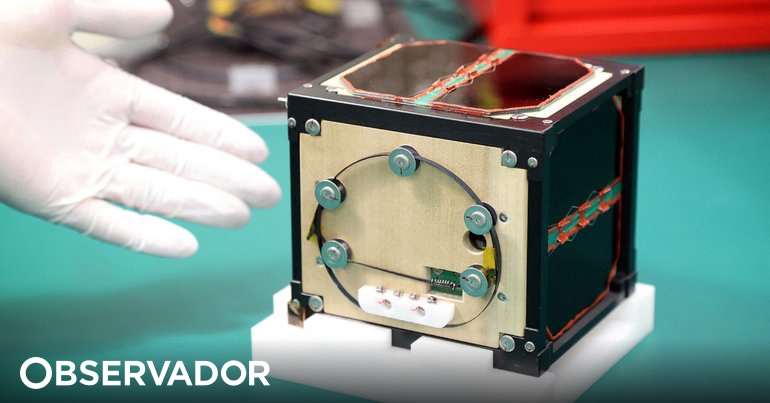
Japanese researchers revealed this Tuesday that they have successfully built the world’s first wooden satellite, a small 10-centimeter, cube-shaped object that is expected to be sent into space aboard a SpaceX rocket launched from the United States, possibly In September.
O “LignoSat”, a mixture of the words wooda prefix meaning wood, and satellite, is the result of around four years of development efforts by a team involving Kyoto University and wood products company Sumitomo Forestry Co, with the aim of ensuring sustainability of the planet and take advantage of the low cost of the material in space development.
The satellite is a 10-centimeter cube made of magnolia wood panels 4 to 5.5 millimeters thick, with a structure partially constructed of aluminum. It has solar panels attached to some sides and weighs around 1 kilogram. It was built based on a traditional Japanese technique that does not use any screws or adhesive materials, according to the Japanese newspaper Japan Today.
The creators hope that the wooden material will burn completely when the device re-enters the atmosphere — a way to avoid the emission of metallic particles, as is usual when a metal satellite returns to Earth. According to scientists, these particles could have a negative impact on the environment and telecommunications.
Various types of wood were tested, with wood from magnolia trees being considered the most robust. “The ability of wood to withstand the simulated conditions of low Earth orbit surprised us”, explained, in 2021, Koji Murata, head of “space wood” research and member of the Biomaterials Design Laboratory at Kyoto University.
After a series of experiments that determined the spacecraft’s performance in orbit, the satellite will be sent into space in September, on a SpaceX rocket from NASA’s Kennedy Space Center, Florida, USA, destined for the International Space Station (ISS), said Kyoto University and the company Sumitomo Forestry Co, this Tuesday, in a joint statement. Next month, “LignoSat” is expected to be sent, from the ISS, into “outer space”.
The team plans to explore the wood’s potential by analyzing data sent by the new satellite. “One of the satellite’s missions is to measure the deformation of the wooden structure in space. Wood is durable and stable in one direction, but can be prone to dimensional changes and cracks in the other direction,” the head of the investigation told the Observer. The data will be transmitted to a communications station at Kyoto University and used to develop a second satellite.
The creators plan to deliver the satellite to the Japanese aerospace agency Jaxa on June 4.
Source: https://observador.pt/2024/05/29/japao-constroi-o-primeiro-satelite-de-madeira-do-mundo/

